Wildlife conservation vacations offer a unique blend of adventure and altruism, allowing travelers to contribute to preserving ecosystems and species while exploring some of the planet’s most stunning natural environments. These vacations range from hands-on animal research to habitat restoration projects, providing invaluable support to conservation efforts worldwide. This guide explores various activities and destinations where you can make a meaningful impact during your travels.
1. Sea Turtle Conservation in Costa Rica
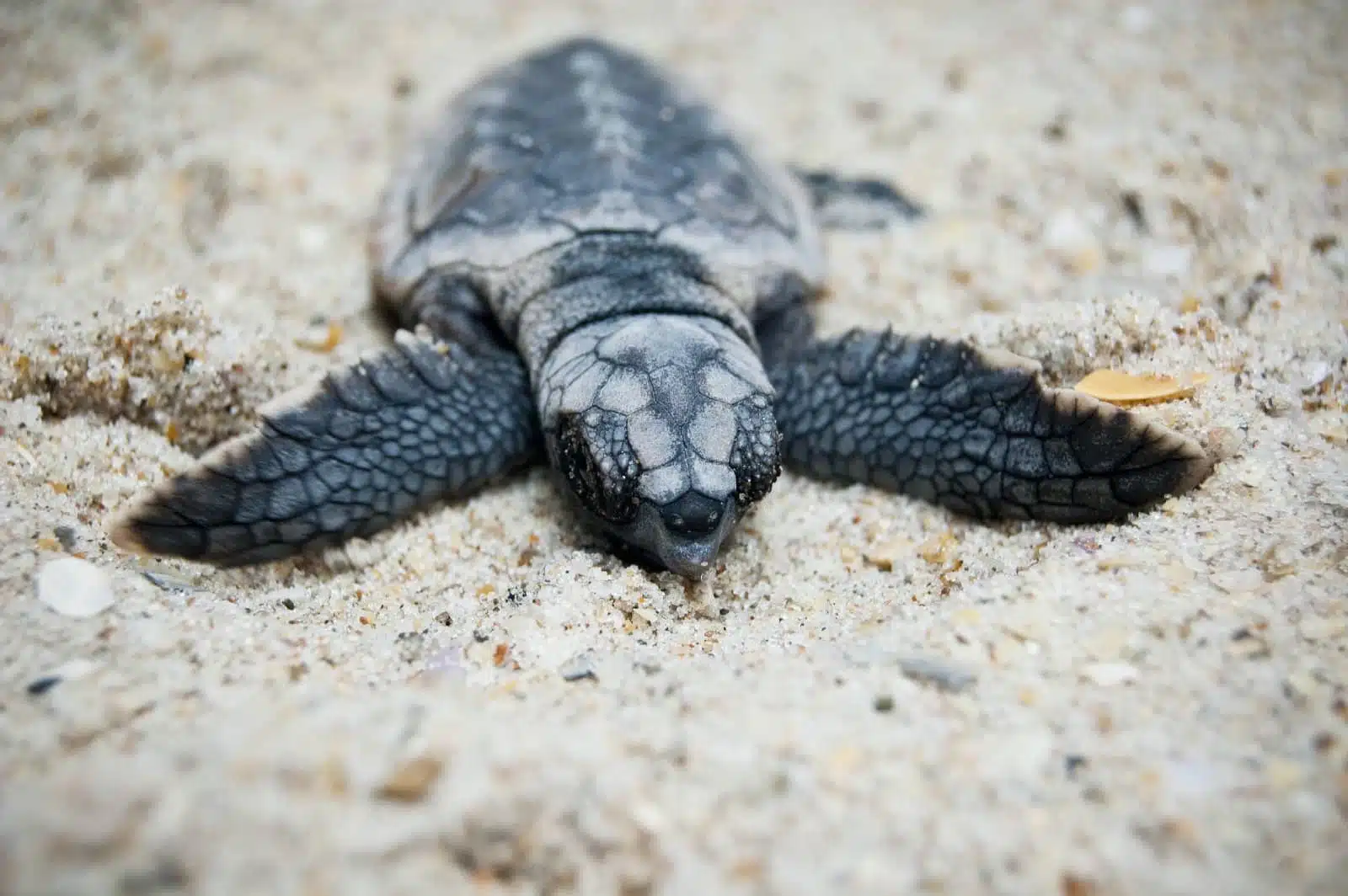
Image Credit: Shutterstock / Heiko Kiera
Costa Rica is renowned for its biodiversity, including several species of endangered sea turtles that nest along its coasts. Conservation programs here involve monitoring nesting sites, collecting data, and sometimes even assisting hatchlings to reach the ocean. Volunteers can expect to work alongside experienced biologists, gaining insights into marine biology and conservation strategies.
Insider’s Tip: Participate during the nesting season, typically from July to October, for the most hands-on experience. Night patrols are common, so prepare for an adjusted sleep schedule.
When to Travel: The best time to volunteer is during the nesting and hatching seasons, which vary by location but generally fall between July and December.
How to Get There: Fly into San José, then travel to conservation sites on the Caribbean or Pacific coasts, often accessible by bus or arranged transfers.
2. Elephant Conservation in Thailand
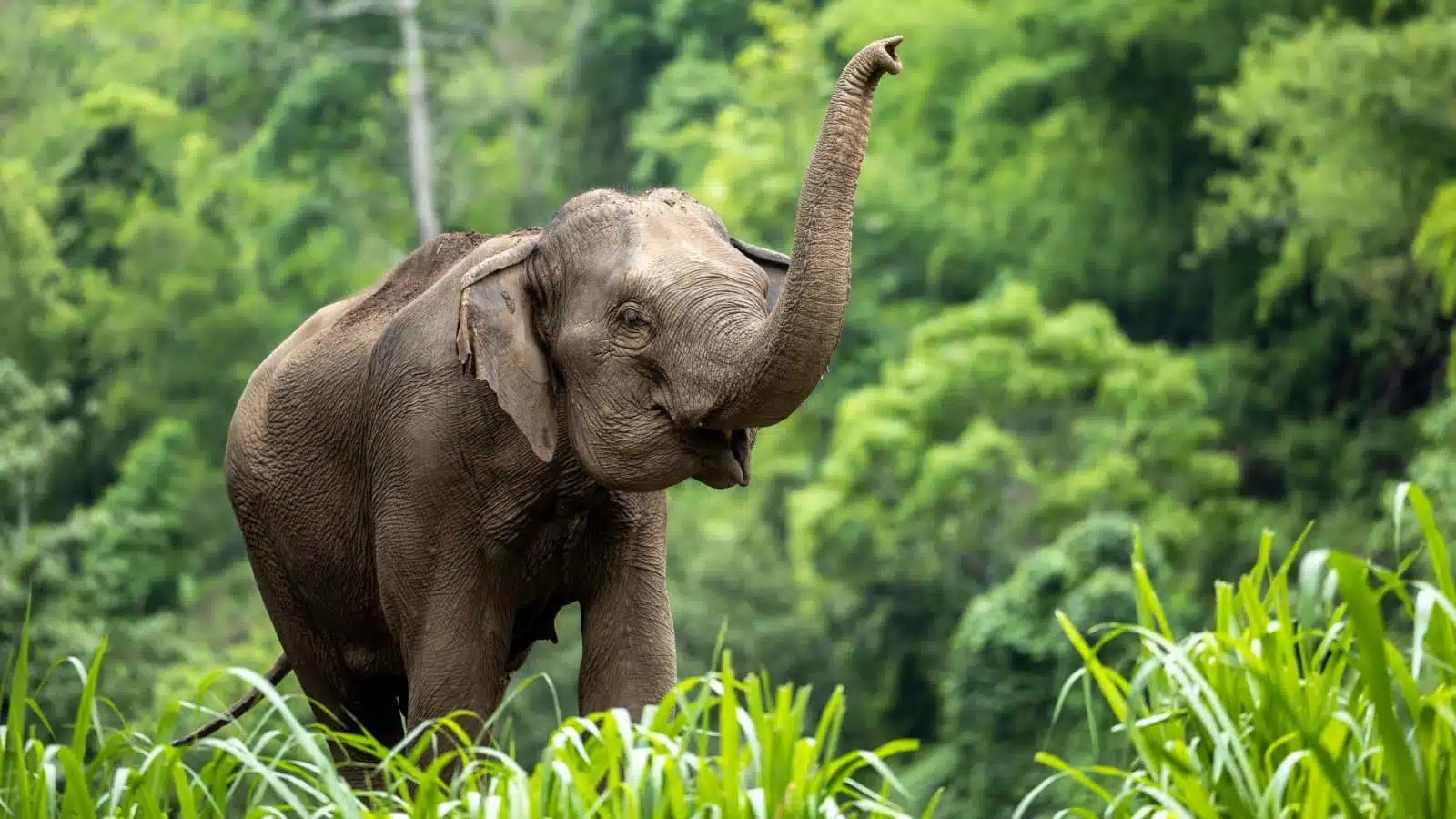
Image Credit: Shutterstock / Avigator Fortuner
In Thailand, elephant conservation projects focus on the welfare and protection of domesticated and wild elephants. Volunteers may work in sanctuaries that provide a refuge for abused or retired elephants, engaging in activities like feeding, bathing, and health checks. These programs offer an intimate understanding of elephant conservation challenges and the importance of ethical wildlife tourism.
Insider’s Tip: Choose a sanctuary that prioritizes the well-being of the elephants over tourist entertainment. Look for places that allow observation of elephants in naturalistic settings rather than offering rides, shows or bathing.
When to Travel: The cooler months from November to February offer more comfortable working conditions year-round.
How to Get There: Most projects are in Northern Thailand. Fly into Chiang Mai or Bangkok and take domestic transport to the project site.
3. Coral Reef Restoration in the Maldives
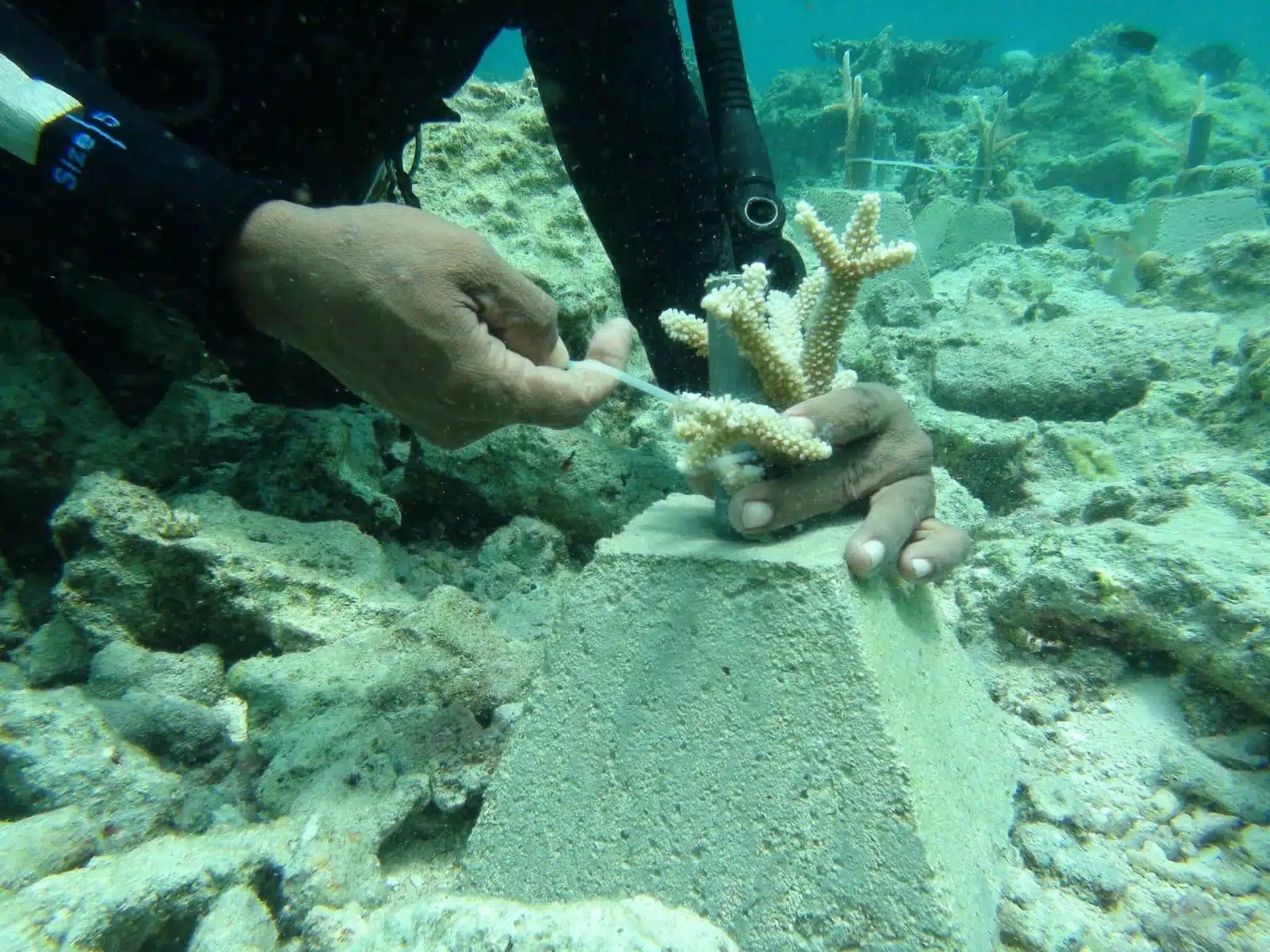
Image Credit: Shutterstock / bung ror
The Maldives’ coral reefs, vital to marine biodiversity, are threatened by climate change and bleaching events. Coral restoration projects involve collecting broken coral fragments, attaching them to underwater structures to encourage growth, and monitoring reef health. Volunteers learn about marine ecosystems, coral biology, and the impact of environmental changes on coral reefs.
Insider’s Tip: Get certified in scuba diving before your trip to maximize your participation in underwater activities.
When to Travel: The dry season from November to April is ideal for diving conditions.
How to Get There: Fly into Malé International Airport, with project sites usually accessible by boat transfer.
4. Rainforest Conservation in the Amazon Basin
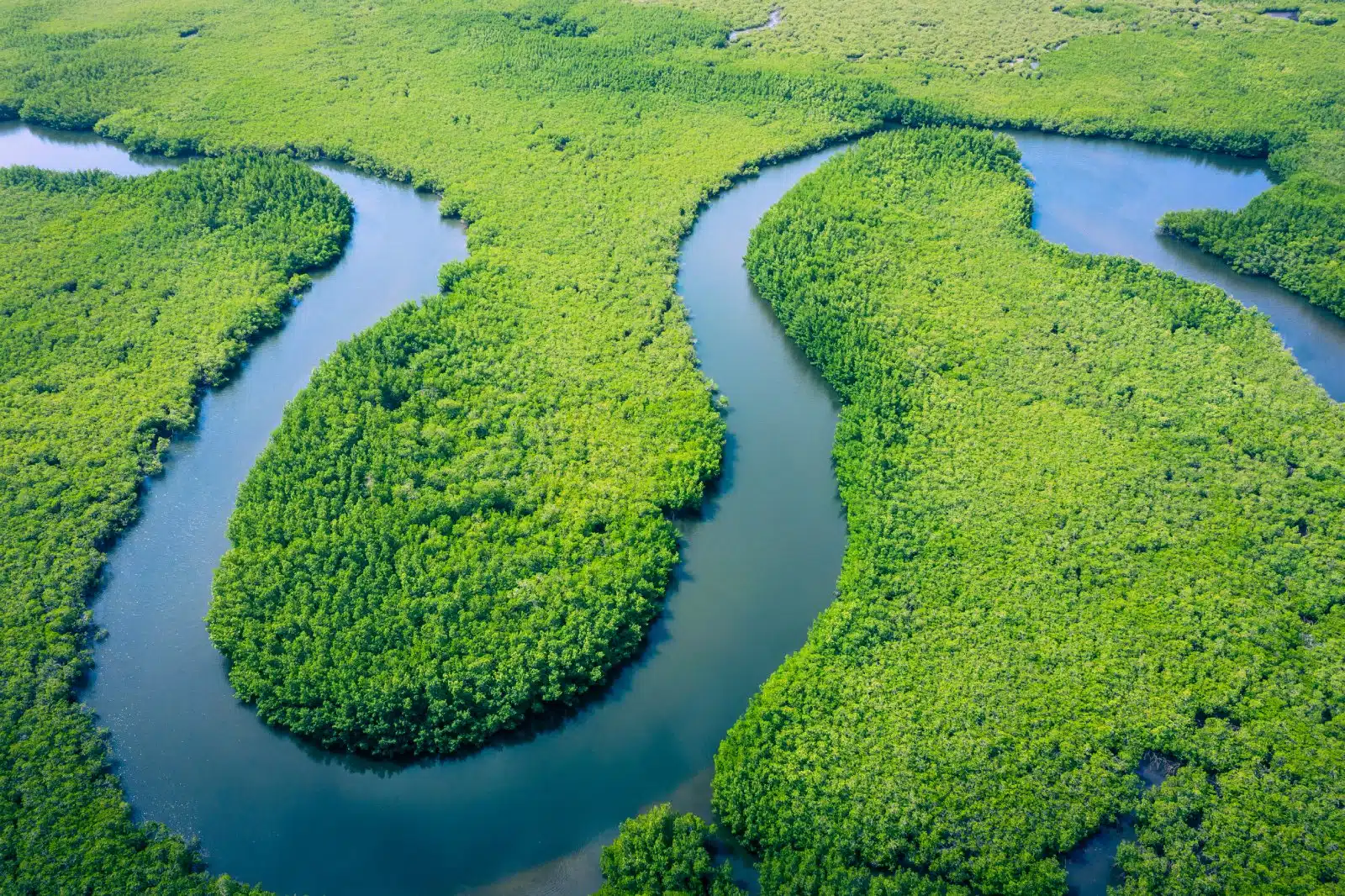
Image Credit: Shutterstock / Curioso.Photography
The Amazon Rainforest, the “lungs of the Earth,” offers opportunities for volunteers to assist in biodiversity research, community projects, and reforestation efforts. Activities might include tree planting, wildlife surveys, and educational outreach, contributing to preserving this critical ecosystem.
Insider’s Tip: Prepare for the physical demands of rainforest work by getting in good physical condition before your trip. Pack appropriate gear for hot, humid, and rainy weather.
When to Travel: The dry season from June to September is more accessible for travel and work in the rainforest.
How to Get There: Fly into major gateway cities like Manaus in Brazil or Quito in Ecuador, followed by regional flights or boat trips to more remote areas.
5. Wildlife Monitoring in African National Parks
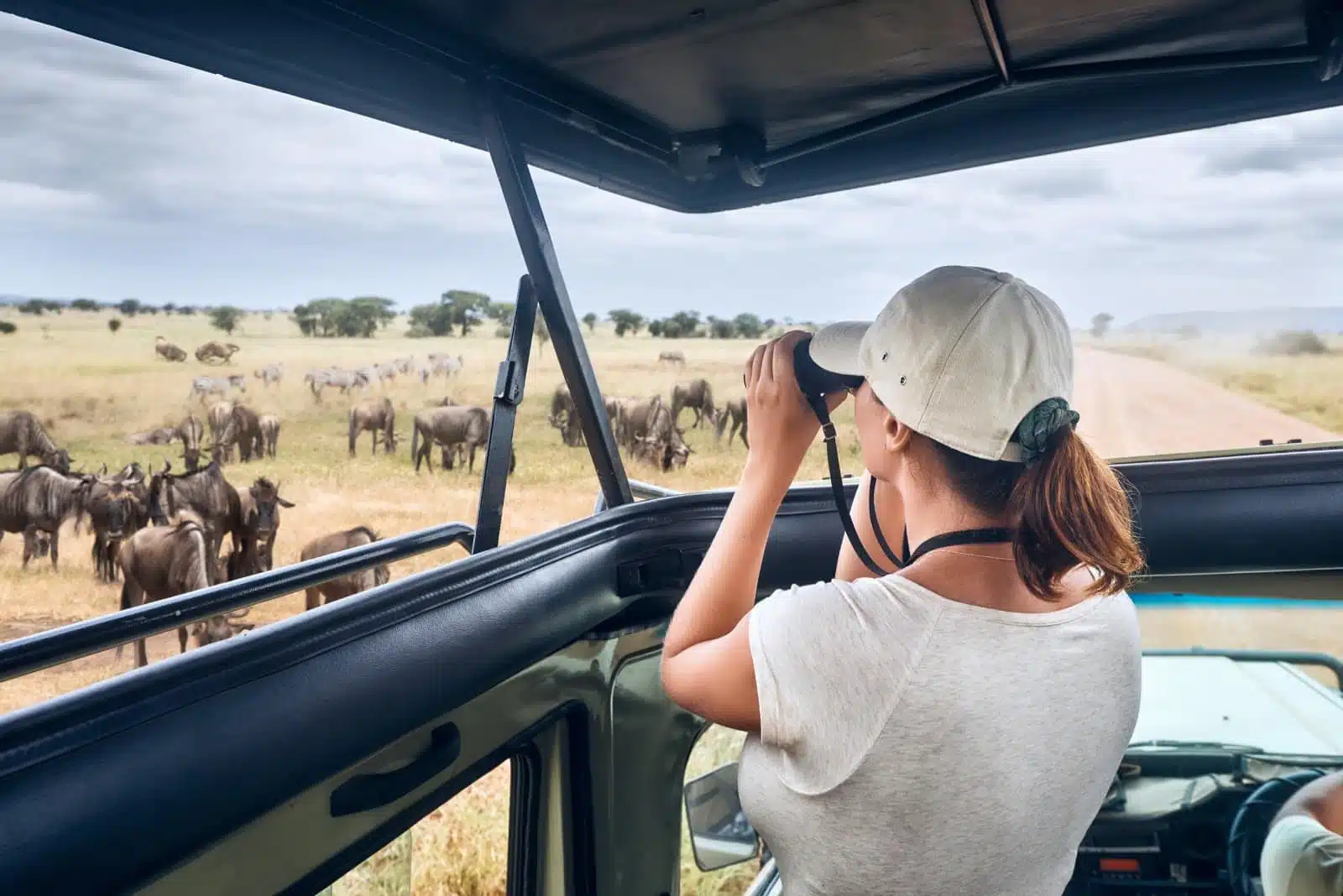
Image Credit: Shutterstock / soft_light
African national parks, such as Serengeti and Kruger, host wildlife monitoring projects where volunteers track and record data on big game species. This research aids in conservation planning and anti-poaching efforts. Participants can expect to learn tracking techniques and gain knowledge on wildlife management.
Insider’s Tip: Choose a program that offers training in wildlife tracking and data collection methods to enhance your contribution and experience.
When to Travel: The dry season, typically from May to October, offers better wildlife viewing and easier travel conditions.
How to Get There: Fly into major airports near the parks, such as Kilimanjaro for Serengeti or Johannesburg for Kruger, with local transport to the project sites.
6. Bear Conservation in Romania
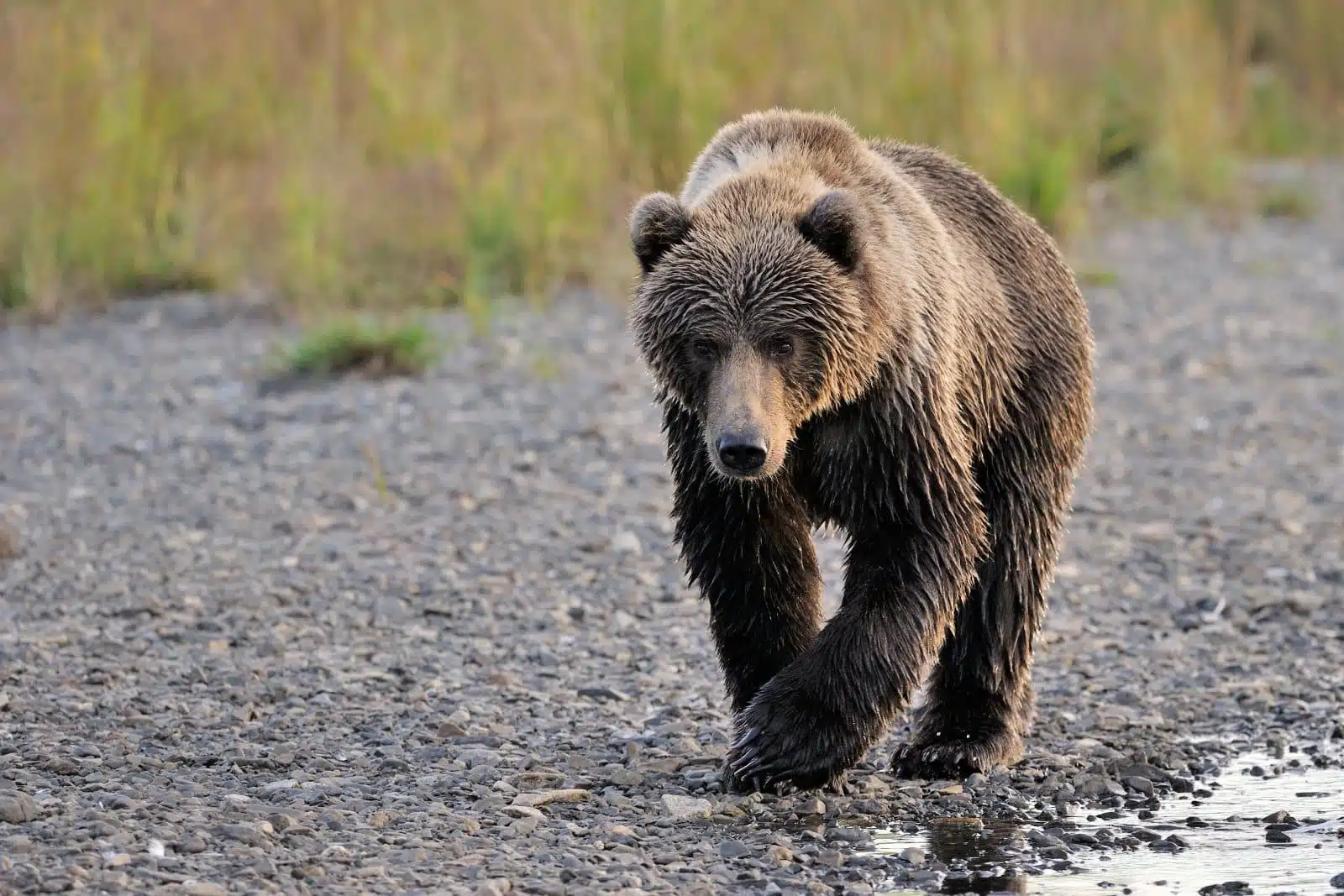
Image Credit: Shutterstock / AndreAnita
Romania’s Carpathian Mountains are home to a significant population of brown bears, and conservation efforts focus on protecting these majestic creatures and their habitat. Volunteers can participate in activities such as tracking bear movements, setting up camera traps, and collecting data on bear behavior and numbers. This work is crucial for developing strategies to mitigate human-bear conflicts and ensure the survival of bears in the wild.
Insider’s Tip: Volunteers should be prepared for rugged terrain and variable weather conditions. Sturdy hiking boots and weather-appropriate outdoor gear are essential for comfort and safety.
When to Travel: Spring (April to June) and autumn (September to November) are ideal for bear conservation work, offering mild weather and active bear populations.
How to Get There: Fly into Bucharest, Romania’s capital, and then travel by train or car to the project site in the Carpathian Mountains.
7. Orangutan Rehabilitation in Borneo, Malaysia
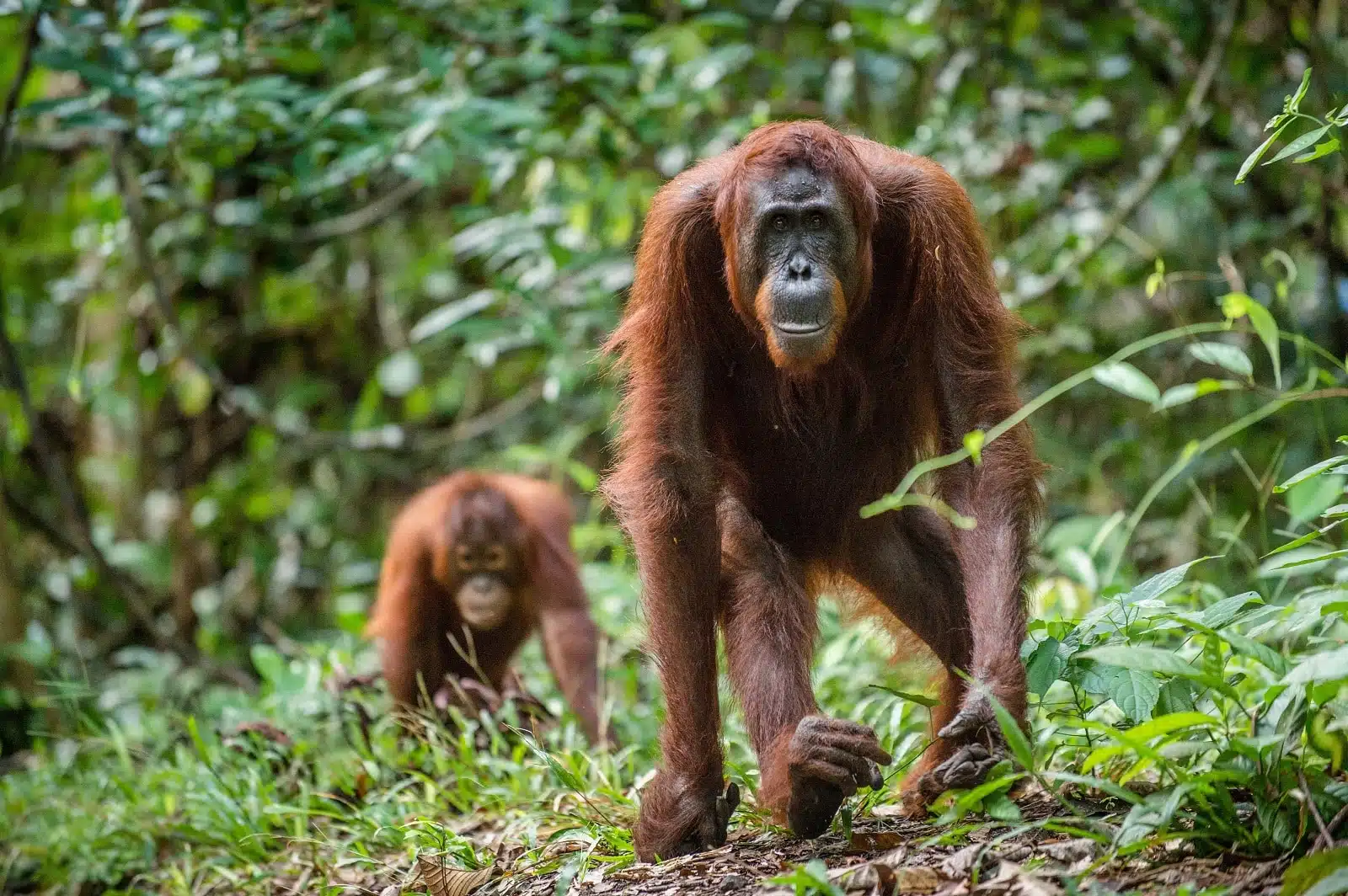
Image Credit: Shutterstock / Sergey Uryadnikov
In Borneo, deforestation and habitat loss have critically endangered orangutans. Rehabilitation centers work to rescue, rehabilitate, and eventually reintroduce these primates into the wild. Volunteers assist with caregiving, enrichment activities, and forest rehabilitation, playing a direct role in conserving this rapidly declining iconic species.
Insider’s Tip: Engage in pre-trip research or online courses about primate behavior and conservation to enhance your understanding and contribution to the project.
When to Travel: Volunteer opportunities are available year-round, but the dry season from March to October may offer more comfortable conditions for outdoor work.
How to Get There: Fly to Kota Kinabalu or Kuching in Malaysian Borneo, with further travel arrangements to the rehabilitation center typically organized by the project.
8. Penguin Conservation in South Africa
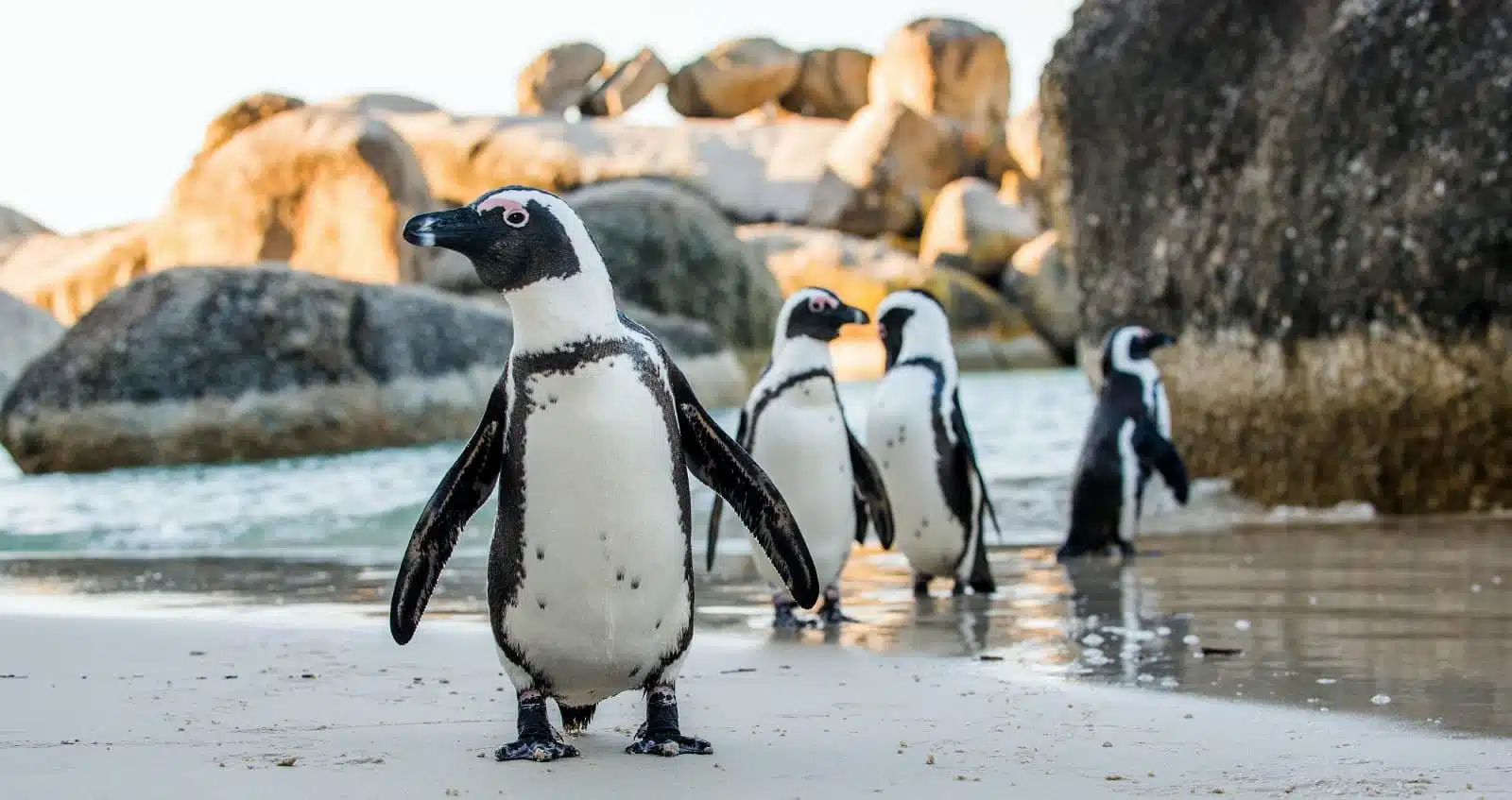
Image Credit: Shutterstock / Sergey Uryadnikov
South Africa’s coastline is crucial for several penguin species, including the endangered African penguin. Conservation projects involve habitat restoration, monitoring penguin populations, and rescuing and rehabilitating injured or oiled birds. Volunteers gain hands-on experience in marine bird conservation, contributing to the survival of these charismatic animals.
Insider’s Tip: Volunteers should be ready to handle fish and get a bit dirty during feeding and cleaning duties. Waterproof clothing and sturdy gloves are recommended.
When to Travel: Due to breeding season activities, the Southern Hemisphere’s summer months, from November to February, are the busiest times for penguin conservation.
How to Get There: Fly into Cape Town, South Africa, with project sites located along the Western Cape, accessible by car or shuttle services arranged by the conservation program.
9. Shark Conservation in Fiji
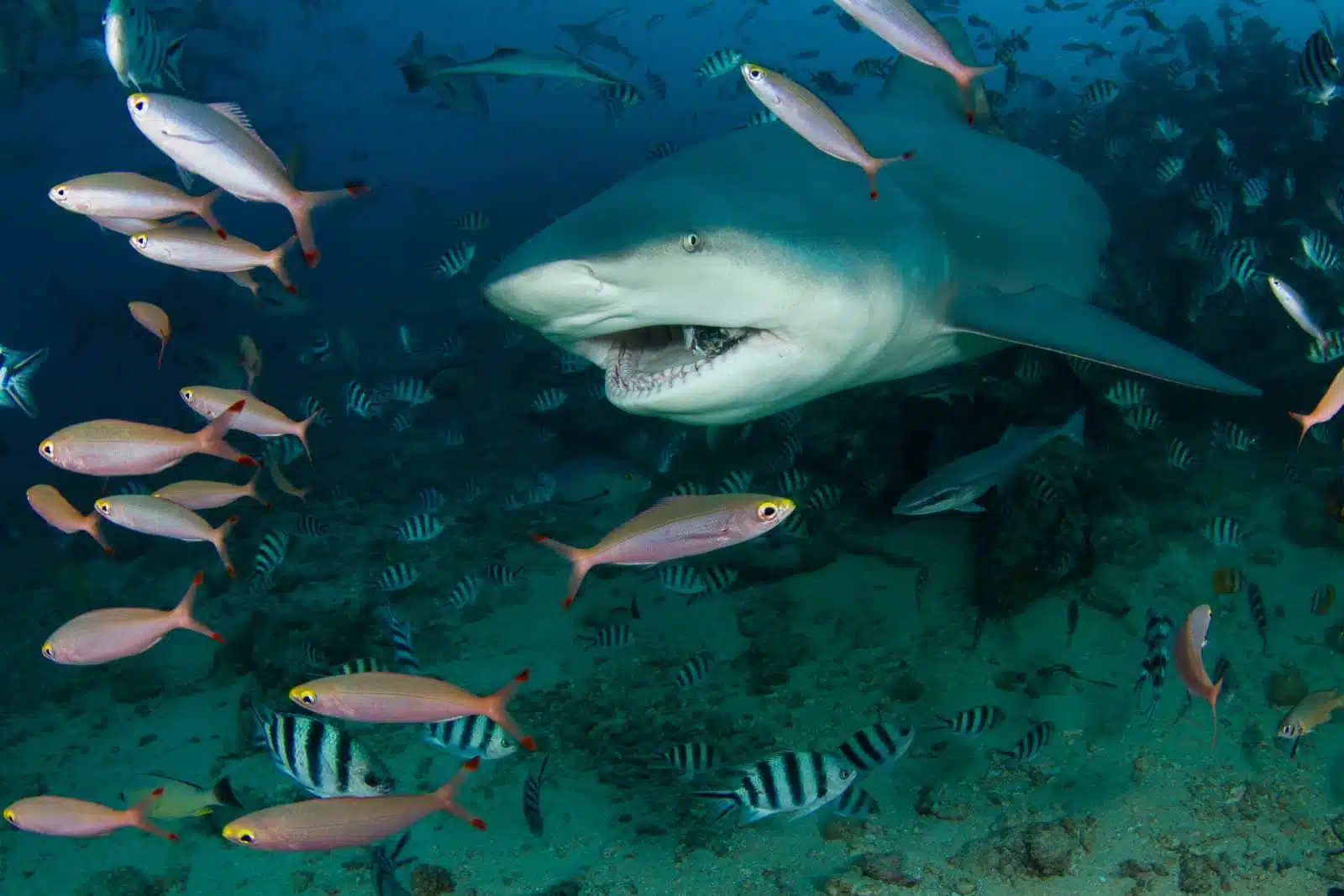
Image Credit: Shutterstock / chatchai kusolsinchai
Fiji’s clear waters are a haven for several shark species, making it an ideal location for shark conservation research. Projects focus on studying shark behavior, population dynamics, and the impact of human activities on shark habitats. Volunteers often participate in scuba diving expeditions to observe and document sharks in their natural environment.
Insider’s Tip: A scuba diving certification is required for participation in underwater research activities. Consider obtaining your certification before the trip to maximize your involvement.
When to Travel: The best time for shark conservation activities in Fiji is during the dry season, from May to October, when sea conditions are most favorable for diving.
How to Get There: Fly into Nadi International Airport in Fiji, with further travel to the conservation project site usually coordinated by the program.
10. Arctic Wildlife Monitoring in Norway
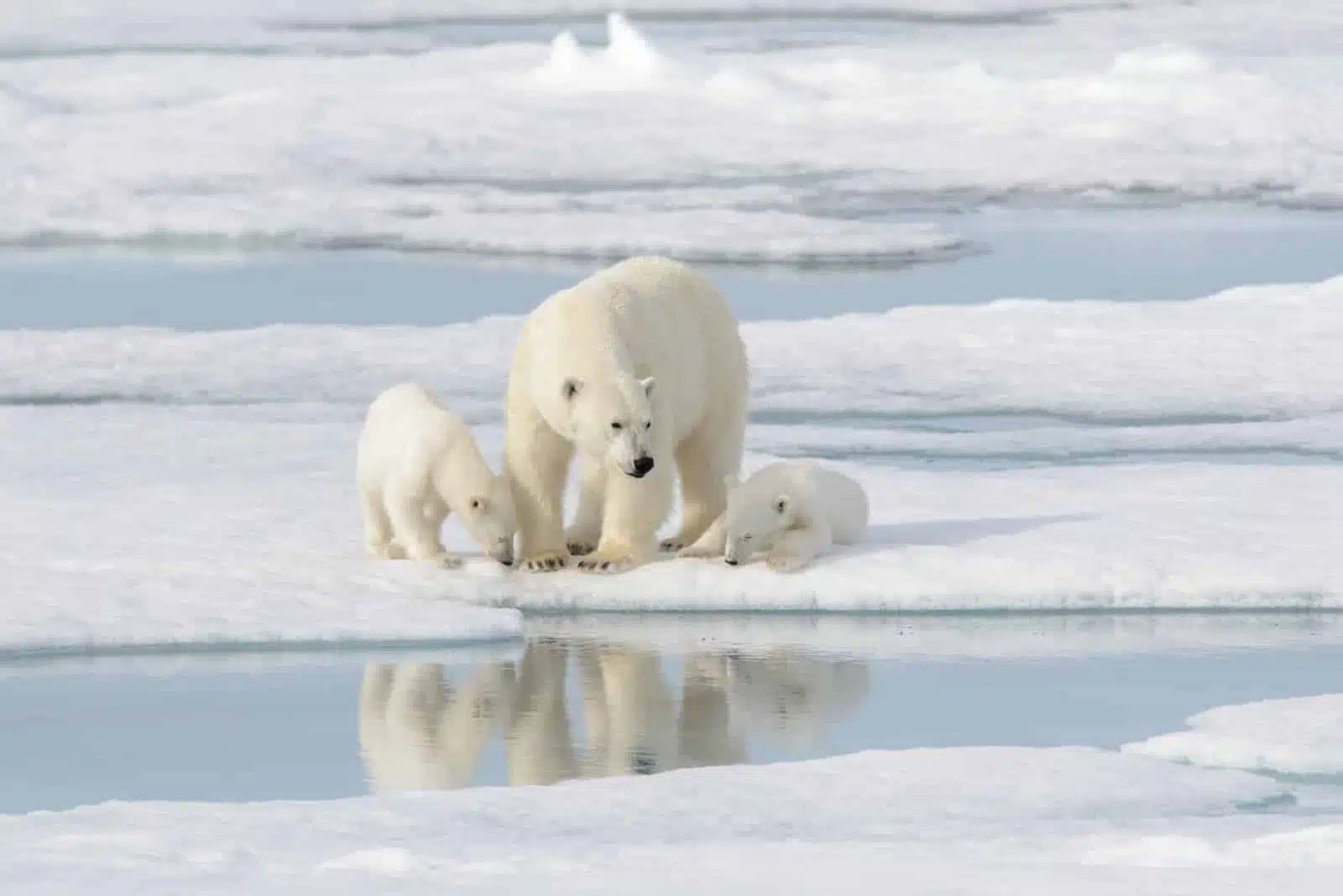
Image Credit: Shutterstock / Alexey Seafarer
Norway’s Arctic region offers unique opportunities for wildlife monitoring, focusing on species like polar bears, Arctic foxes, and reindeer. Conservation efforts aim to understand the impacts of climate change on these species and their habitats. Volunteers might track wildlife, collect environmental data, and assist with community-based conservation initiatives.
Insider’s Tip: Prepare for the Arctic environment by investing in high-quality thermal clothing and gear. Understanding basic survival skills in cold environments can also be beneficial.
When to Travel: Summer months, from June to August, offer milder temperatures and extended daylight hours for research and exploration in the Arctic.
How to Get There: Fly into Tromsø, Norway, often considered the gateway to the Arctic. From there, the conservation program typically organizes travel arrangements to remote project sites.
The Bottom Line

Image Credit: Pexels / Darko Trajković
Embarking on a wildlife conservation vacation is a profound way to connect with nature and contribute to preserving our planet’s incredible biodiversity. Whether assisting with sea turtle conservation in Costa Rica or engaging in elephant welfare in Thailand, your efforts support vital conservation work and offer an enriching, unforgettable experience. As you plan your journey, remember that your time, energy, and passion can make a real difference in the world’s most precious ecosystems.
More From The Green Voyage
Top 10 Trending Travel Destinations 2024
6 Essential Banking Apps for International Travel – Managing Your Finances on the Go
Traveling With Kids – 10 Tips to Create Memorable Family Holidays
The post Wildlife Conservation Vacations 2024 – How to Get Involved first appeared on The Green Voyage.
Featured Image Credit: Shutterstock / Rich Carey.
For transparency, this content was partly developed with AI assistance and carefully curated by an experienced editor to be informative and ensure accuracy.